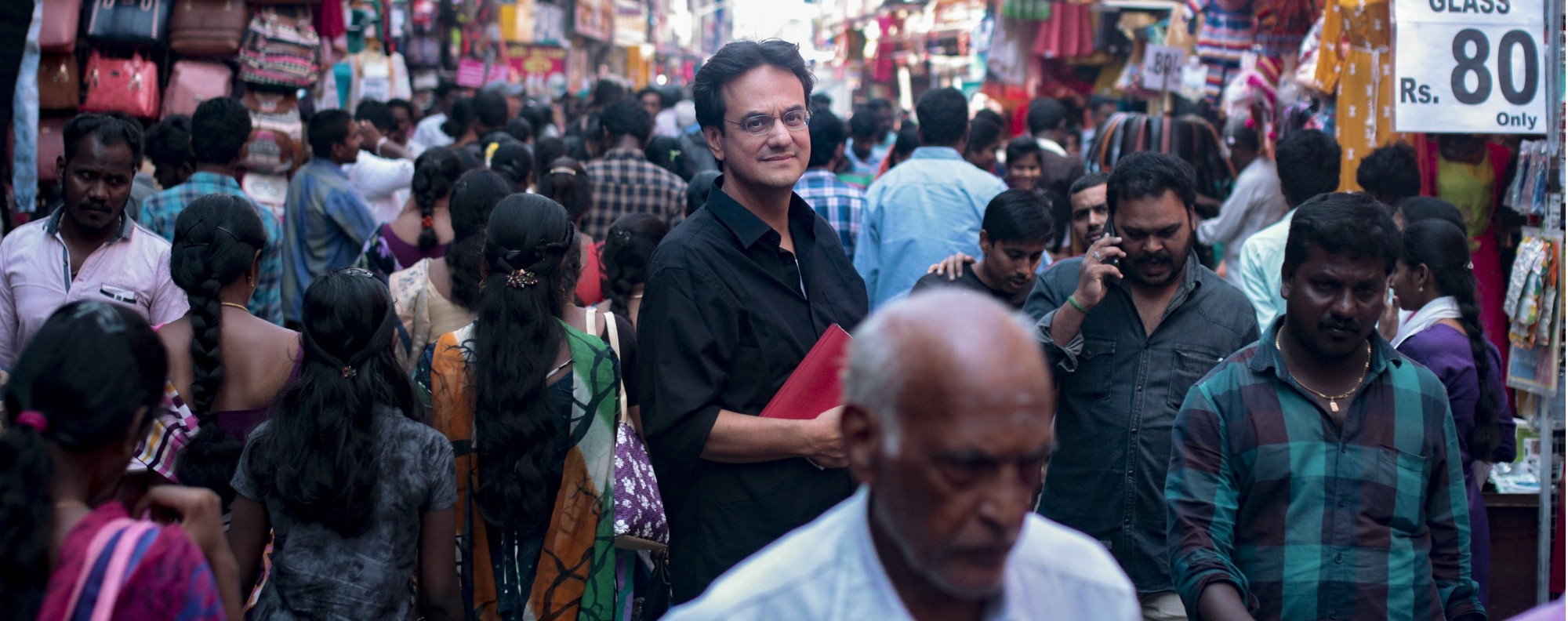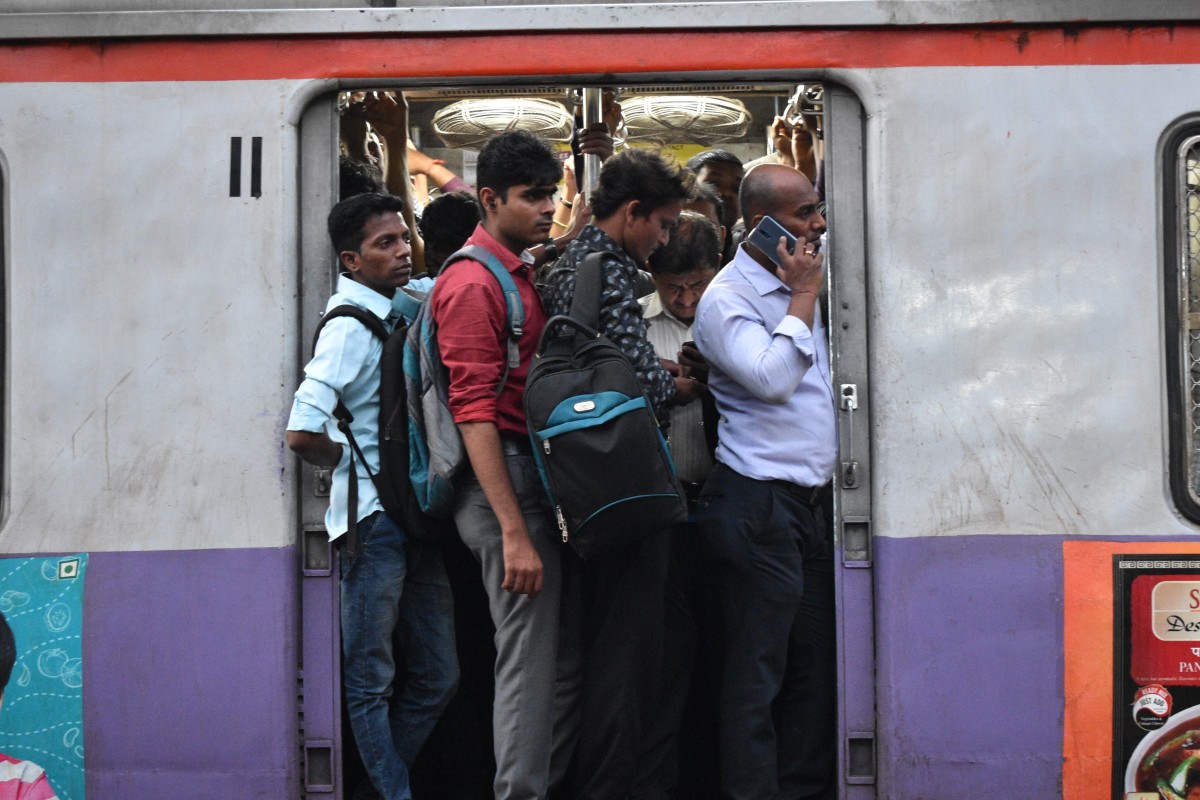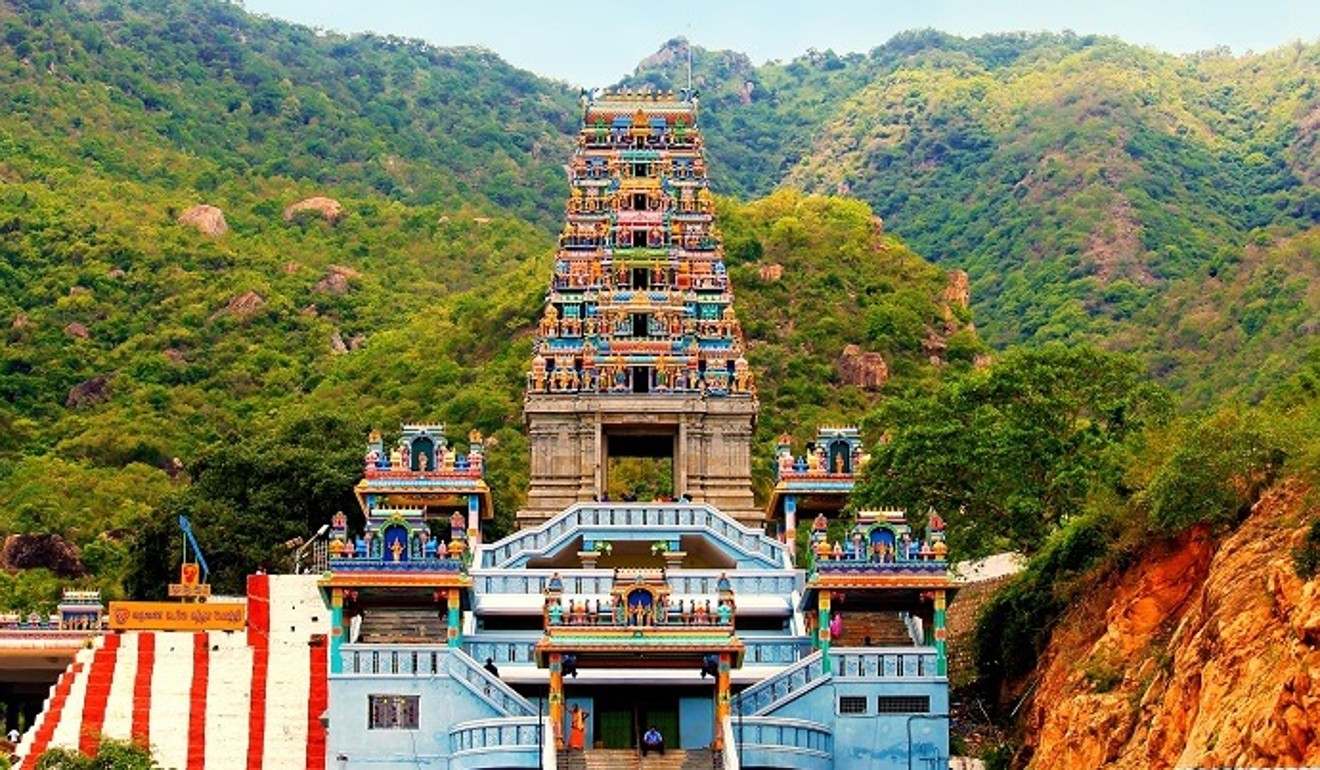| This Week In Asia | South China Morning Post 6 February 2019

Karim Raslan is in India. Photo: Ceritalah
- India is a misunderstood giant – an economic presence that is fast becoming a critical engine of world growth
- But economics is just the beginning. A heavy handed China means Southeast Asia desperately needs India to play a larger role in its future

India will soon surpass China to become the world’s most populous nation. Photo: Ceritalah
I have been spending time in India and even though I can’t speak Tamil, its mellifluousness is a part of my childhood memories, along with black-and-white MG Ramachandran movies, dosai, sambar and coconut chutney.
So, when I began my travels, I knew that I had to start in the south, in the historic heartland of the Cholas, only to discover to my disappointment that the veshti (dhoti) had long been supplanted by stretch jeans and chinos.
Now, India is many things: often concurrently. It’s cacophonous and crazy – a mix of Flipkart, Ola taxicabs, Ranveer Singh rapping in Hindi, caste prejudice and bygone eras. You’ll find Adivasi (or tribal peoples), the Dalits, Sufi Muslims, Jats and Brahmins: all somehow coexisting and yet also in conflict.
There are temples and shrines everywhere – honouring Gods and deities – but none more important than Brahma, the creator, Vishnu, the preserver and Shiva, the destroyer. It’s also the land of the Ramayana and the Mahabharata – echoes of which have reverberated across Southeast Asia. And on the Ganges plain, you can trace the life and death of the Buddha – a vital bond with Southeast Asia’s 150 million or so Buddhists.

The Arulmigu Maruthamalai Murugan Temple in Coimbatore. Photo: Impreety Singh Kohli, traveltraingle.com
Of course, there are many other creeds and religions that have left behind layer upon layer of faith, belief and practice: a dizzying world of temples, churches, synagogues, mosques and shrines.
So, as I’ve negotiated a patchwork of languages from Urdu to Bengali, Marathi and English – I’m forever aware of the shadows of those who’ve passed before me.
But my journey isn’t just about religion and culture, language or history. I’ve come to explore an often misunderstood giant – an economic presence that is fast becoming a critical engine of growth for Southeast Asia, if not the world.
India’s US$9.449 trillion economy (currently the third-largest in Purchasing Power Parity terms) and a 7.3 per cent GDP growth rate (the fastest among the G20 nations) means this ignorance must end.
Moreover, according to United Nation sources, India will surpass China to become the world’s most populous nation by 2024, hitting an unprecedented 1.5 billion population by 2030. In fact, some Indian states are as large as individual Asean (Association of Southeast Asian) nations: Uttar Pradesh in the north with 224 million and Maharashtra in the centre with 120 million respectively are comparable with Indonesia and the Philippines.
